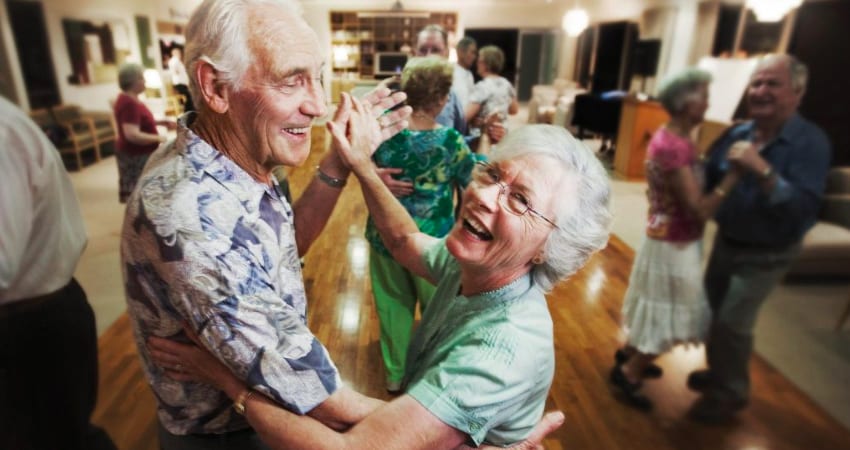
The UN predicts that by 2030, one in six people will be over the age of 60.
If you ask people from the industry, and even the general public, most will say the same thing – that aged care is booming.
As the ageing population in Australia grows, you would think that that would mean more people in beds in aged care homes, and more business for aged care operators.
But there are also a number of reasons why aged care is evolving in such a way that raises the question “will traditional residential aged care as we know it eventually cease to exist?”
More and more people are choosing to stay at home rather than stay in residential aged care, if they can.
Even if older people don’t have family support systems available – ie. grown children are working full time, spouses and friends also ageing, no children – there are affordable options to assist people in their own homes.
One of the fastest growing areas of the aged care sector is home care services, which help older people stay at home longer and is a more cost effective option for governments.
Essentially these services come and do a range of tasks for older people living at home, things they can no longer do themselves.
These services available can range from medical check ups to household chores like cleaning or mowing the lawn.
With increasing care needs, often comes the need for additional supports and monitoring. Today, when the level of care increases for an older person, then this can become rather expensive to have 24 hour carers and therefore they have no other option but to move into aged care. But with new assistive technologies – such as wearables, robots, medication prompting and interactive devices its make the home safer for seniors to stay as independent as possible for longer.
Aside from home care services, people are taking care into their own hands. New innovative care models have come about in the last few years which find older people not living in traditional aged care homes.
There are older people who are choosing to live in group homes together, where they pool together money and share resources.
Having like-minded people living together in the community as well as sharing communal living spaces, kitchen and a community garden together ensures that though they are independent, no one is ever socially isolated.
Another example are dementia villages. Dementia villages are small towns that are built and designed to look and feel like a real town, while also offering the care and support needed for people with dementia.
It allows people to live independently, providing “normal” real life experiences in a safe and secure environment.
Residents are allowed to roam around and explore as much as they wish within its confines. They are even encouraged to help with cooking and other household tasks including shopping, in the village grocery store.
Scientific research, as well as medical breakthroughs, could be the end of conditions some older people face.
Heart disease, cancer, diabetes, mental health issues and dementia could all disappear if viable treatments were found. And if people aren’t as ill, they won’t need the care and medical services of aged care.
But the reality is that older people’s medical conditions are actually getting more complex as people are living longer.
One of the most prevalent conditions for older people are dementia, and along with it many older people have other conditions.
There are more than 413,106 Australians living with dementia. Without a medical breakthrough, the number of people with dementia is expected to reach 1,100,890 by 2056.
Though there is dementia research currently being done around the world, it’s a complex condition that is yet to have any known treatment. Should a treatment ever be found, that could mean millions of people won’t need to use aged care services.
So, perhaps aged care isn’t disappearing anytime in the next ten years.
And maybe it will always be around in some form or another. But was we can be sure of is that it’s evolving to suit the unique needs of the modern older person. Gone are the days when needing additional care meant moving into a nursing home.
Seniors have options these days.
What do you have to say? Comment, share and like below.